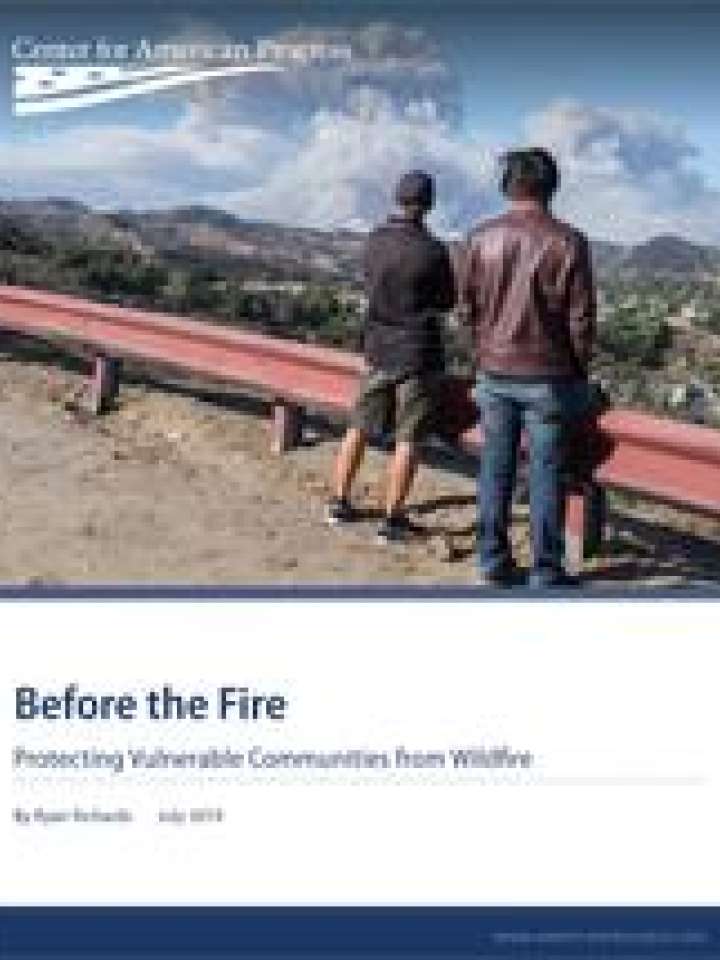Before the fire: Protecting vulnerable communities from wildfire
Wildfire has always been a natural feature of the U.S. landscape, especially in the West. But it has become clear in recent years that the combination of a changing climate and more people moving into wilder areas is pushing more lives and communities at risk. Since 2017, catastrophic wildfires have devastated cities and towns—such as Paradise, Santa Rosa, and Redding in California—as well as many smaller communities in the United States.
New policies to support wildfire preparedness should be commensurate with the scale of the threat and cannot leave behind the United States’ most vulnerable communities. As the climate changes, the United States needs to prepare for future fires by investing in sound, science-based management of lands near these communities. Policymakers must also ensure that resources are available to all communities—regardless of socio-economic status—so that they can plan and make investments in properties to reduce the threat of wildfires.
This report considers the costs of protecting U.S. communities that are vulnerable to wildfires. It then highlights current efforts to help these communities, as well as how these efforts can be strengthened. The final sections of the report outline specific state and federal policy recommendations that would help ensure that the most vulnerable communities and populations receive the support they need to prepare for catastrophic wildfires.
Explore further
